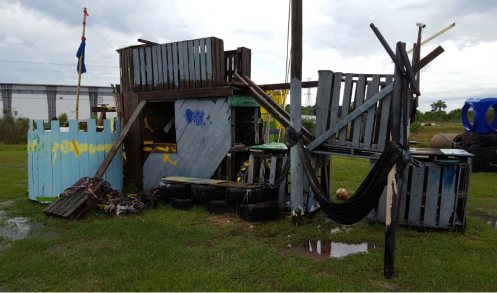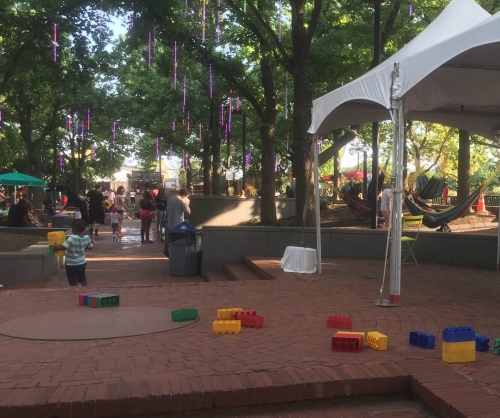In the cultural conversation about play and risk, adventure playgrounds – proper ones I mean, with timber structures, tools, junk materials and skilled workers – are very much on the radical side of the argument. But how dangerous are they, really?
One American school has conducted a natural experiment that helps to answer this question. And the results – set out in a report from the leading playwork group Pop-Up Adventure Play – cast doubt on standard approaches and thinking.
Parish school in Houston, Texas is a private school for children with a range of disabilities and conditions. It is highly unusual in that it has, on one site, two very different types of play space.

Parish School adventure playground. Photo: Alex Cote


 A
A 